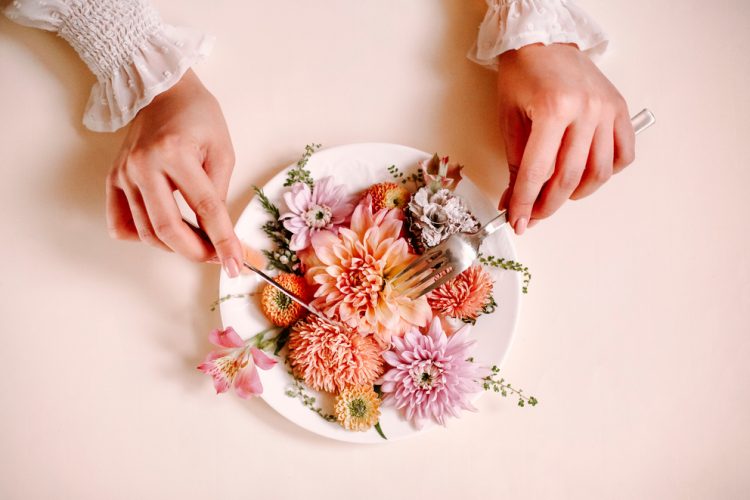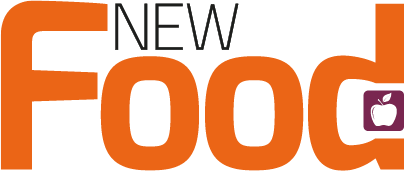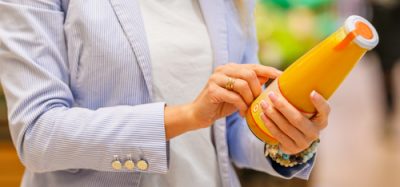Turning blooms into ingredients: how ultrasound is repurposing edible flowers
- Like
- Digg
- Del
- Tumblr
- VKontakte
- Buffer
- Love This
- Odnoklassniki
- Meneame
- Blogger
- Amazon
- Yahoo Mail
- Gmail
- AOL
- Newsvine
- HackerNews
- Evernote
- MySpace
- Mail.ru
- Viadeo
- Line
- Comments
- Yummly
- SMS
- Viber
- Telegram
- Subscribe
- Skype
- Facebook Messenger
- Kakao
- LiveJournal
- Yammer
- Edgar
- Fintel
- Mix
- Instapaper
- Copy Link
Posted: 18 February 2025 | Ben Cornwell | No comments yet
New research from the University of Georgia reveals how ultrasound technology can transform unsold flowers into sustainable, nutrient-rich food ingredients, reducing waste.


With Valentine’s Day now behind us, many unsold flowers will likely be discarded. However, new research from the University of Georgia (UGA) offers a sustainable solution that could transform this floral waste into valuable food ingredients.
The study, published in the Journal of Food Process Engineering, demonstrates how ultrasound technology can repurpose flowers for use in food products, potentially reducing waste while introducing new sources of nutrition.
We make a beautiful bouquet, we give it to someone, and then after a day or two that flower’s story is over. We are the ones who love those flowers after they have been used
Ultrasound technology has long been a staple in food processing, enhancing quality, extending shelf life, and aiding in the extraction of vital nutrients from plant-based ingredients. For example, it has been used to increase protein extraction yield from soybeans, improve the texture of plant-based meat alternatives, and preserve juices and oils. The UGA research team has discovered that it can also be applied to edible flowers, helping to preserve their nutritional content and bioactive compounds while improving their functionality in the food industry.
According to Dr. Mohan, associate professor in UGA’s College of Agricultural and Environmental Sciences, flowers are often seen as short-lived decorative items but could serve a much more lasting purpose. “We take those flowers, we cut them out, we make a beautiful bouquet, we give it to someone, and then after a day or two that flower’s story is over. We are the ones who love those flowers after they have been used,” he said.
Ultrasound technology vs traditional methods
One of the major challenges with using flowers in food is their high moisture content, which makes them difficult to store and transport without spoiling. Ultrasound technology, however, can dry out flowers more quickly and efficiently while preserving their colour and nutritional value. Unlike traditional drying methods, such as natural or hot air drying, ultrasound significantly reduces the time needed and the potential for quality loss.
“We are trying to use edible flowers as a source of protein, food colourant and vitamins,” Dr. Mohan explained. “The idea was to use ultrasound technology to make it easier for us to extract those compounds from the flower.”
Beyond their aesthetic appeal, certain edible flowers also contain vitamins and minerals that are essential for human health. For example, broccoli flowers contain protein, which could be added to cereals and other foods, while their vibrant colour makes them a potential source of natural food dyes.
‘Untapped source of food ingredients’
The initial aim of Mohan’s research was to find new ways to extend the shelf life of beef; his lab discovered that roses contain an antioxidant that could keep beef fresh for longer. However, as the research progressed, the team realised that flowers could be repurposed for a much wider range of food applications.
“We didn’t see flowers that way — that one particular product can offer that many dimensions,” said Dr. Mohan. “There is a wonderful untapped source of food ingredients that can become mainstream for the food industry and for human beings.”
This new research opens up exciting possibilities for the food industry. Whether as a source of protein, vitamins or natural dyes, ultrasound technology could play a pivotal role in unlocking the potential of flowers, transforming them from mere decoration into essential components of tomorrow’s food products.




